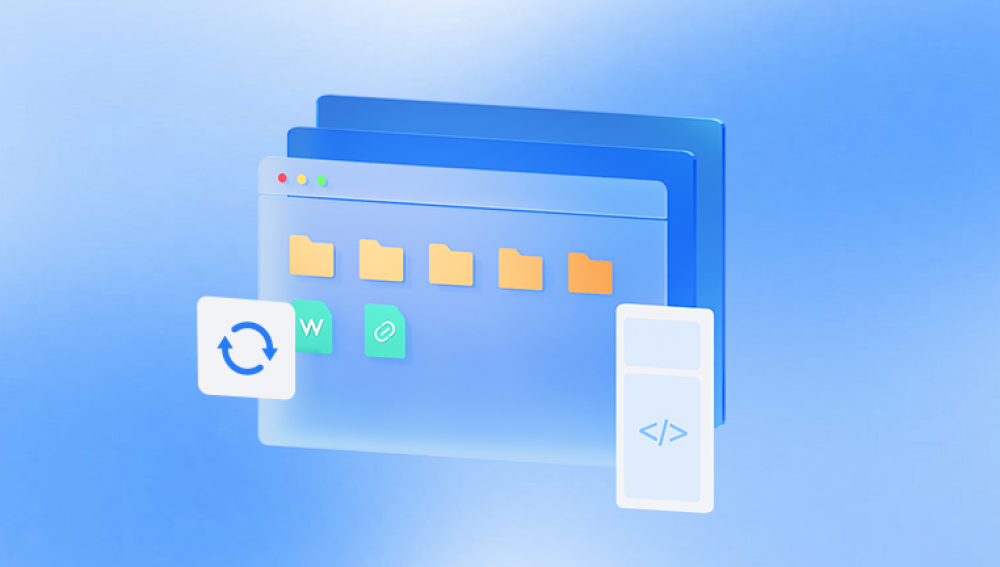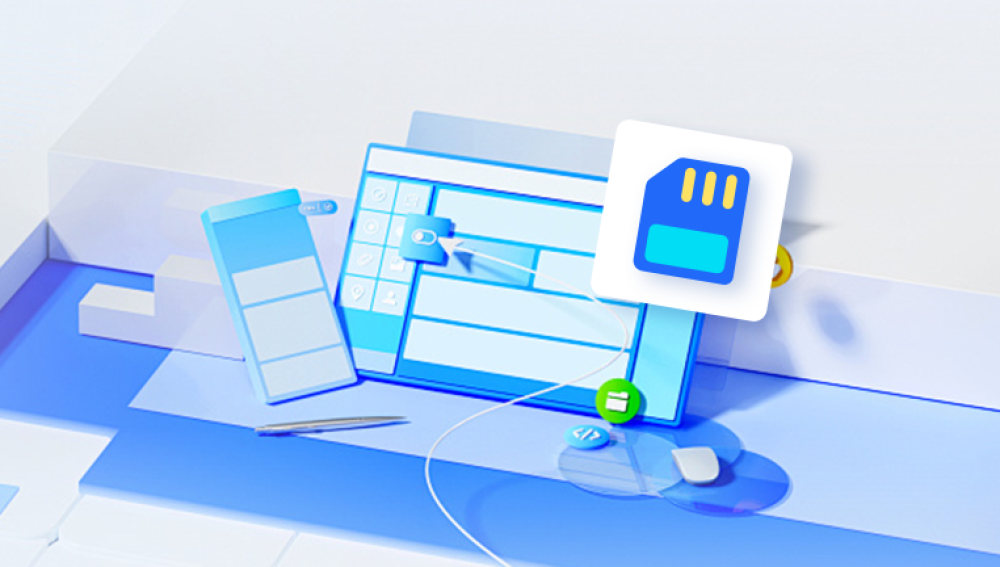Pen drives, also known as USB flash drives, are widely used for transferring and storing important files due to their portability, ease of use, and plug-and-play functionality. However, they are not immune to data loss. Files can be accidentally deleted, the drive can become corrupted, or formatting errors may occur leading to the disappearance of critical data.
Chapter 1: Common Causes of Pen Drive Data Loss
Understanding the cause of the data loss is the first step in recovering your files. Here are the most common scenarios:
1. Accidental Deletion
Users often delete files to free up space or during cleanup, only to realize later that important files were removed.

2. Drive Formatting
Formatting a pen drive, either by accident or due to an operating system prompt, will erase all visible files.
3. Corruption
Pen drives can become corrupted due to improper ejection, power surges, or file system errors, rendering them unreadable.
4. Virus or Malware Attack
Infected files can corrupt or hide your data. Some malware can even delete files automatically.
5. File Transfer Errors
Interruptions during file transfers, such as unplugging the drive prematurely, can lead to partial or total data loss.
6. Physical Damage
Exposure to moisture, extreme temperatures, or impact damage can affect the drive’s function and make data recovery more complex.
Chapter 2: Immediate Actions to Take
As soon as you notice files missing from your pen drive, take the following precautions to prevent further data loss:
Stop using the drive immediately. Continued use may overwrite lost data, making recovery harder.
Do not save new files to the drive.
Avoid reformatting, even if the operating system prompts you to.
Scan for viruses using reliable antivirus software if malware is suspected.
Use the drive in a different USB port or another computer to rule out port issues.
Chapter 3: Using Data Recovery Software
Drecov Data Recovery
Whether your files disappeared due to accidental deletion, formatting errors, or malware attacks, Drecov Data Recovery’s advanced scanning technology can locate and recover them even from inaccessible or unreadable pen drives. The software supports recovery of documents, photos, videos, music files, and more, across all popular file systems like FAT32, exFAT, and NTFS.
To recover files, simply connect your pen drive to a computer, launch Drecov Data Recovery, and select the drive. Choose either a Quick Scan for recently deleted files or a Deep Scan for more complex data loss scenarios like corruption or formatting. After scanning, preview the recoverable files and restore them to a safe location.
Drecov Data Recovery is compatible with all major brands of pen drives and requires no technical skills to use. With just a few clicks, your lost files can be recovered safely and efficiently. Trust Drecov Data Recovery to bring back what matters most from your pen drive.
Chapter 4: Recovering Files Using Drecov Data Recovery
Drecov Data Recovery is a user-friendly, powerful tool that specializes in restoring lost files from pen drives.
Step-by-Step Instructions:
1. Connect the Pen Drive
Insert your USB drive into the computer using a functioning port.
2. Install Drecov Data Recovery
Download and install the software on your internal drive (not on the pen drive).
3. Launch the Software
Open Drecov Data Recovery and locate your pen drive in the list of available storage devices.
4. Choose a Scan Option
Quick Scan – Ideal for recently deleted files.
Deep Scan – Required for formatted drives or more complex data loss scenarios.
5. Begin the Scan
Click “Scan” and let the process complete. Depending on the drive size, it may take a few minutes to an hour.
6. Preview and Select Files
Use the preview feature to confirm file integrity before recovering.
7. Recover and Save
Select the files you wish to restore and save them to a different location on your computer—not the pen drive.
Panda supports recovery of all file types, including documents, images, videos, audio files, and even hidden or partially deleted data.
Chapter 5: Recovering Files Without Software (Built-In Tools)
1. Windows File Recovery (Command Line Tool)
Windows offers a built-in file recovery utility called winfr.
Usage:
Install it from the Microsoft Store.
Open Command Prompt and run:
mathematica
CopyEdit
winfr E: C:\RecoveredFiles /n *.*
Replace E: with your USB drive letter and C:\RecoveredFiles with your desired recovery folder.
2. Command Prompt (attrib)
For drives infected with a virus that hides files:
Open Command Prompt as Administrator.
Type:
bash
CopyEdit
attrib -h -r -s /s /d E:\*.*
Press Enter.
This command unhides files marked as system or hidden files.
Chapter 6: Recovering from a Formatted Pen Drive
Formatting doesn’t erase files completely; it only removes the index pointing to them. A deep scan using Drecov Data Recovery or other tools can still retrieve them.
Steps:
Run a deep scan on the formatted pen drive.
Wait for the scan to detect recoverable files.
Preview and recover them to a safe location.
Success rates are highest when no new data has been written to the drive post-format.
Chapter 7: Repairing a Corrupted Pen Drive
If your computer prompts you to format the drive or it shows up as RAW:
Option 1: Use CHKDSK
Open Command Prompt as Admin.
Run:
bash
CopyEdit
chkdsk E: /f
If errors are found, CHKDSK may fix them, restoring access.
Option 2: Disk Management
Open Disk Management (diskmgmt.msc).
Right-click the drive > Change Drive Letter and Paths.
Assign a new drive letter.
If the drive appears unallocated or RAW, do not format it. Use recovery software instead.
Chapter 8: Recovering Files from a Write-Protected or Locked Pen Drive
If your pen drive is write-protected:
Remove physical lock switch if present.
Open Registry Editor:
sql
CopyEdit
HKEY_LOCAL_MACHINE\SYSTEM\CurrentControlSet\Control\StorageDevicePolicies
Set “WriteProtect” to 0.
After removal of write protection, follow normal recovery steps using software.
Chapter 9: Recovering Files After Virus Infection
If malware has deleted or hidden files:
Scan with antivirus software to clean the drive.
Use the attrib command to unhide files.
Follow up with recovery software to retrieve any lost data.
Always scan the recovered files before opening them.
Chapter 10: What to Do if the Pen Drive Is Not Recognized
Option 1: Check Disk Management
Open Disk Management and see if the drive appears.
If so, assign a letter or check if it’s shown as unallocated.
Option 2: Update USB Drivers
Go to Device Manager > USB controllers.
Right-click and update drivers.
Uninstall and reboot if needed.
Option 3: Use a Different Port or Computer
Sometimes port-related issues can prevent recognition.
If none of these work, and the drive is still not recognized, professional help may be required.
Chapter 11: When to Use Professional Data Recovery Services
If:
The pen drive is physically damaged (cracked, water-exposed, overheated).
The drive makes unusual noises.
Recovery software fails to detect or recover files.
…it’s time to seek a professional recovery service.
Top Providers:
DriveSavers
Ontrack
Gillware
Secure Data Recovery
They offer cleanroom environments and specialized tools for NAND flash chip-level recovery.
Chapter 12: Protecting Your Data in the Future
After recovery, take these steps to avoid future data loss:
1. Back Up Regularly
Use cloud storage or an external hard drive to back up files.
2. Always Eject Properly
Use “Safely Remove Hardware” to avoid data corruption.
3. Avoid Interrupting File Transfers
Ensure file transfers are complete before unplugging.
4. Use Antivirus Software
Protect against malware that could delete or hide files.
5. Handle With Care
Avoid dropping or exposing your pen drive to moisture or heat.
6. Replace Aging Drives
USB drives wear out over time. Replace them after prolonged use or signs of failure.
Losing files from a pen drive can feel stressful, but recovery is often achievable with the right tools and approach. Whether the loss occurred due to accidental deletion, formatting, malware, or corruption, Drecov Data Recovery and similar software offer reliable solutions for restoring your data without technical complexity.
Act fast, avoid writing new data to the drive, and choose the recovery method that fits your situation. For physical damage, don’t hesitate to consult a professional. And once your files are safe, make regular backups and follow best practices to protect your valuable data moving forward.




